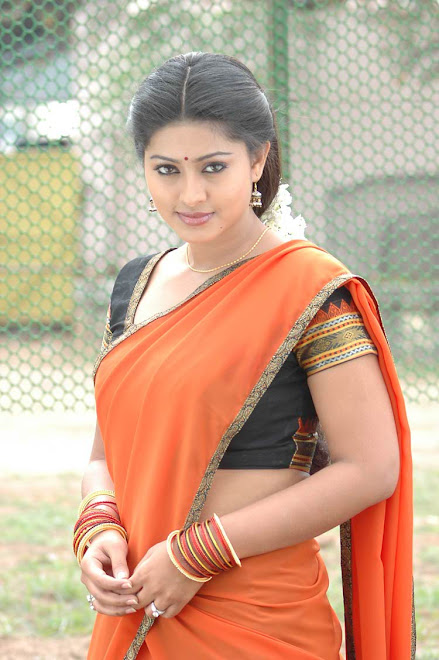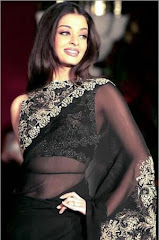SNEHA

Beauty in Saree
A sari or saree or shari is a female traditional garment in India, Bangladesh, Nepal, and Sri Lanka. A sari size ranges from four to nine metres in length that is draped over the body in various styles. The most common style is for the sari to be wrapped around the waist, with one end then draped over the shoulder baring the midriff. The sari is usually worn over a petticoat (pavada/pavadai in the south, and shaya in eastern India), with a blouse known as a choli or ravika forming the upper garment. . Cholis may be "backless" or of a halter neck style. These are usually more dressy with a lot of embellishments such as mirrors or embroidery and may be worn on special occasions. Sari is not the preferred by young women today as it tedious to drape it.But it is regarded as a traditional outfit.

Origins and history of Saree
The word 'sari' evolved from the Prakrit word 'sattika' as mentioned in earliest Buddhist Jain literature.
The history of Indian clothing trace the sari back to the Indus valley civilization, which flourished in 2800-1800 BCE. The earliest known depiction of the saree in the Indiain subcontinent is the statue of an Indus valley priest wearing a drape.
We find references to sari in Ancient Tamil poetry, such as the Silappadhikaram and the Kadambari describing women in exquisite drapery or saree. In ancient Indian tradition and the Natya Shastra (an ancient Indian treatise describing ancient dance and costumes), the navel of the Supreme Being is considered to be the source of life and creativity, hence the midriff is to be left bare by the saree.
This costume was popularised by Raja Ravi Verma whoes paintings show women in saree.
The history of Indian clothing trace the sari back to the Indus valley civilization, which flourished in 2800-1800 BCE. The earliest known depiction of the saree in the Indiain subcontinent is the statue of an Indus valley priest wearing a drape.
We find references to sari in Ancient Tamil poetry, such as the Silappadhikaram and the Kadambari describing women in exquisite drapery or saree. In ancient Indian tradition and the Natya Shastra (an ancient Indian treatise describing ancient dance and costumes), the navel of the Supreme Being is considered to be the source of life and creativity, hence the midriff is to be left bare by the saree.
This costume was popularised by Raja Ravi Verma whoes paintings show women in saree.

Sculptures from the Gandhara, Mathura and Gupta schools (1st-6th century AD) show goddesses and dancers wearing what appears to be a dhoti wrap, in the "fishtail" version which covers the legs loosely and then flows into a long, decorative drape in front of the legs [1]. No bodices are shown.Other sources say that everyday costume consisted of a dhoti or lungi (sarong), combined with a breast band and a veil or wrap that could be used to cover the upper body or head. The two-piece Kerala mundum neryathum (mundu, a dhoti or sarong, neryath, a shawl, in Malayalam) is a survival of ancient Indian clothing styles, the one-piece sari is a modern innovation, created by combining the two pieces of the mundum neryathum.It is generally accepted that wrapped sari-like garments, shawls, and veils have been worn by Indian women for a long time, and that they have been worn in their current form for hundreds of years.One point of particular controversy is the history of the choli, or sari blouse, and the petticoat. Some researchers state that these were unknown before the British arrived in India, and that they were introduced to satisfy Victorian ideas of modesty. Previously, women only wore one draped cloth and casually exposed the upper body and breasts. Other historians point to much textual and artistic evidence for various forms of breastband and upper-body shawl.In South India, it is indeed documented that women from many communities wore only the sari and exposed the upper part of the body till the 20th century. Poetic references from works like Shilappadikaram indicate that during the sangam period in ancient South India, a single piece of clothing served as both lower garment and head covering, leaving the bosom and midriff completely uncovered. In Kerala there are many references to women being bare-breasted. including many pictures by Raja Ravi Varma. Even today, women in some rural areas do not wear cholis.


